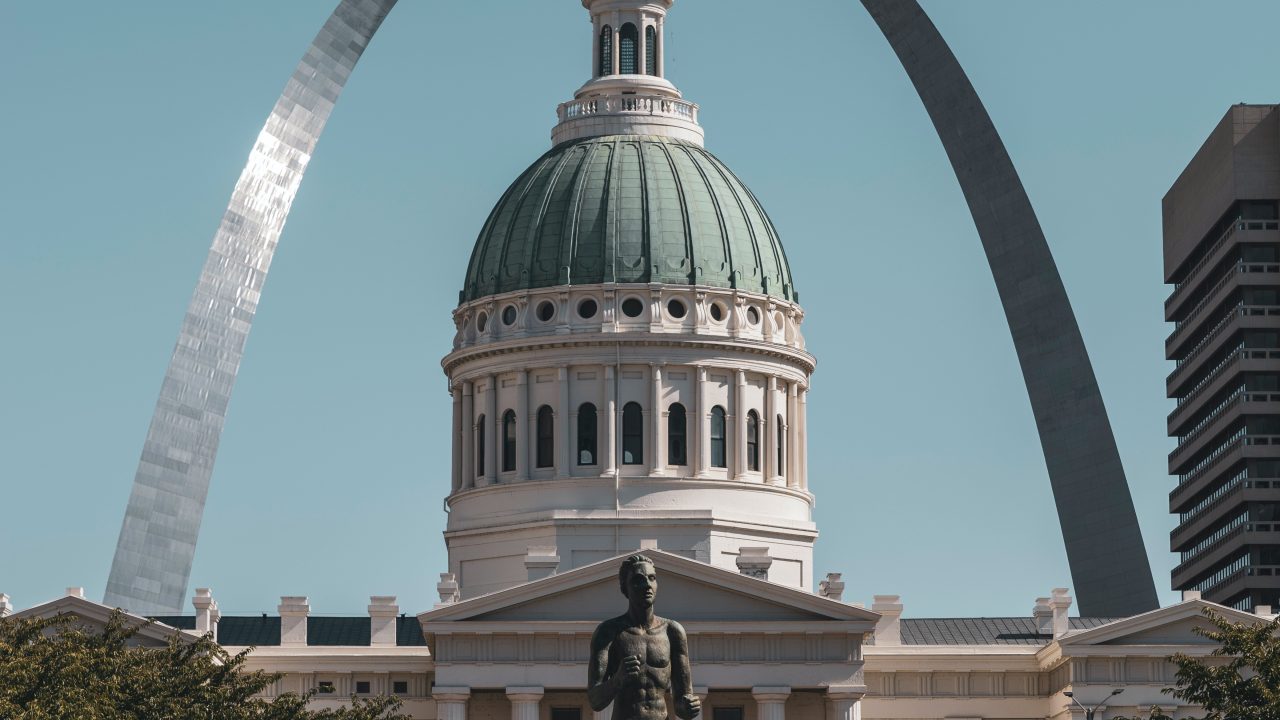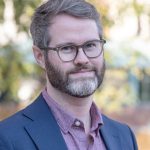Paul Sorenson has been interested in data about community development and social services for more than a decade. He launched GoodMap, an online tool for nonprofits to share what services they provide to communities. He also served as director of strategic planning at Grace Hill Settlement House, but across these roles, he hit the same brick wall each time.
“We kept running into the same problem. It is shockingly hard to find good information—not only about programs and services that exist in the community, but also the basic community conditions and priorities that we were trying to tackle,” he said.
What are the most significant public health challenges our community faces? Where are we on homelessness? Is our community seeing economic mobility or stagnation? What is moving the needle on social outcomes? No infrastructure existed to address these persistent questions across the social impact sector.
So, Sorenson and his team set out to find answers in St. Louis.
Before the pandemic, we talked a lot about shared data infrastructure and people said, ‘I guess that sounds interesting.’ But then the pandemic very much underscored that shared data infrastructure is a must-have, not a nice to have—especially in public health, social services, and increasingly in education. It’s critical to be able to connect the dots quickly across sectors and scenarios.
Paul Sorenson Director St. Louis Regional Data Alliance (RDA) at the University of Missouri–St. Louis
The Challenge
Access to transparent and comprehensive data is a challenge everywhere, particularly for social impact organizations. The same is true in Missouri, where the St. Louis Regional Data Alliance was born. Sorenson could often find information about individual nonprofits or projects directly, yet still couldn’t easily capture—or, better yet, advance and grow—their collective impact.
Some of that challenge is attributable to the fragmented nature of data systems. Quality data is often siloed across the public, private, and social sectors, and not easily shared across sectoral boundaries. There are logistical and legal barriers, such as data governance and data sharing agreements, and important questions around equity and how policies impact marginalized communities.
“It is very important that the data we collect is used to identify and close racial disparities across our work,” said Sara Mohamed, the RDA’s Associate Director of Engagement and Equity. “And it’s equally important that the way we collect data is grounded in equity, including who is involved in data collection and interpretation.”
More equitable approaches that put communities at the center are only possible when there is trust. Community leaders weren’t just looking for an online portal or a signed agreement that would allow them to look under the hood at regional health data or other key social drivers. They wanted to go deeper—understand the priorities, challenges, and opportunities faced by their colleagues across the city and create a more holistic regional data sharing system that could effectively advance change and improve outcomes for all.
“When people know each other, they trust each other. You have a different conversation than if it was purely transactional,” Sorenson said.
The Solution
Launched in June 2018, the St. Louis Regional Data Alliance (RDA) aims to better understand, connect, strengthen, and deploy community data through a two-pronged strategy. The ‘what’ is the infrastructure itself: systems and policies that make data sharing easier and data more accessible and actionable in the process. The ‘who’ is that community of practice that Sorenson underscored as a means of building trust and buy-in.

“Our mission is to build shared data infrastructure and support strong data actors that use quality data to improve people’s lives,” Sorenson said. “This is all in pursuit of co-producing knowledge with diverse communities based on the priorities set by those communities.”
To get the RDA off the ground, Sorenson looked to initiatives that had success elsewhere. He was connected to the National Neighborhood Indicators Partnership out of the Urban Institute, which introduced him to similar efforts in Texas and Pennsylvania. He learned from their experiences and adopted elements of their strategies that worked in the St. Louis context. The Alamo Regional Data Alliance emphasized the collaborative work of a community of practice, and the Western Pennsylvania Regional Data Center created an open data portal that sourced information from the city and county. Like both of these efforts, the RDA is housed at a university—the University of Missouri – St. Louis—which is a fitting foundation for organizing data people and building institutional infrastructure.
The RDA combines both, and when the pandemic hit, the need for both became exponentially clearer.
“Before the pandemic, we talked a lot about shared data infrastructure and people said, ‘I guess that sounds interesting’,” Sorenson recalls. “But then the pandemic very much underscored that shared data infrastructure is a must-have, not a nice to have—especially in public health, social services, and increasingly in education. It’s critical to be able to connect the dots quickly across sectors and scenarios.”
Underneath the RDA umbrella, several projects are making those connections easier.
The St. Louis Regional Data Exchange is an open data repository that makes public data more accessible across the region’s many fragmented local governments and public agencies. The RDA has also partnered with the St. Louis Regional Response Team and St. Louis Vacancy Collaborative to improve the quality and standardization of property data for eviction prevention and housing stabilization efforts. In collaboration with Washington University in St. Louis, the RDA also helped develop regional public health data strategies — including the data flow between major health systems and public health departments.

The RDA’s also supports data infrastructure development in partnership with other efforts. It serves as the “data backbone” for the St. Louis Community Information Exchange, an emerging system led by the United Way that connects client data across health and social service providers in order to increase client access to much-needed services. As an extension of this work, the RDA is working with aging services providers across Missouri on developing shared data standards as part of the Federal Social Care Referrals Challenge sponsored by the Administration for Community Living — building upon recommendations from the Tackling Data Dilemmas in Social Care Coordination white paper that Sorenson wrote with Open Referral’s Greg Bloom. Over the past year, the RDA also co-chaired the data committee for the emerging St. Louis School Research-Practice Collaborative focused on connecting education data and research across the region.
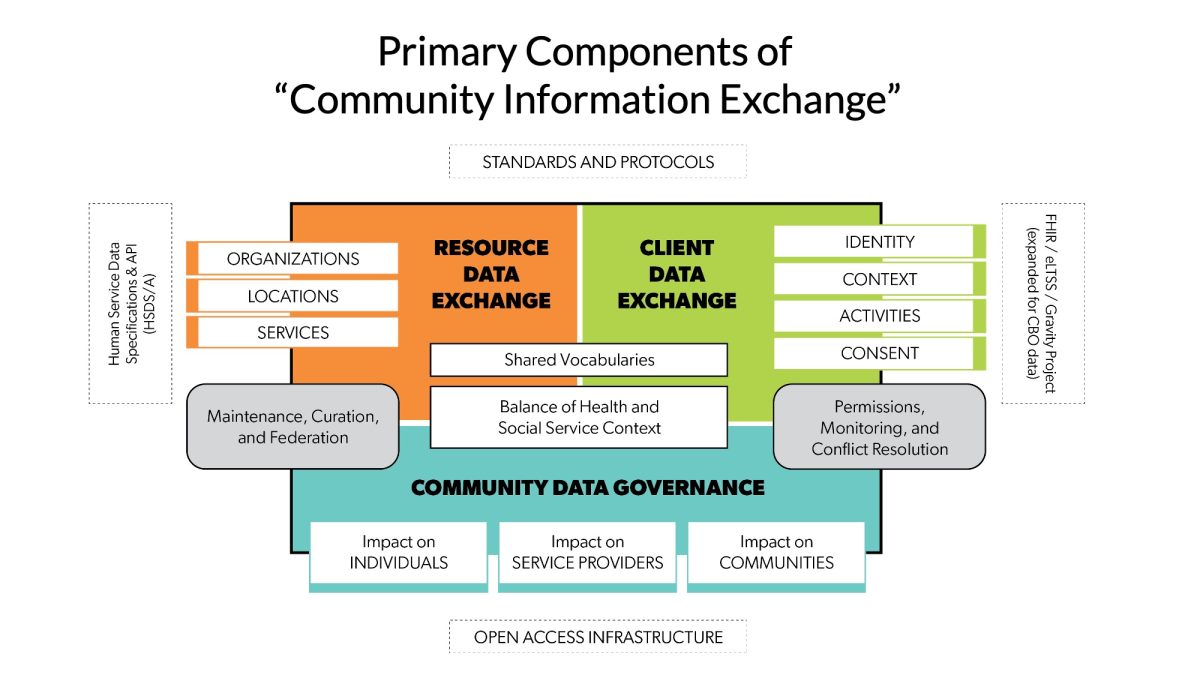
Racial equity and shared data governance with impacted communities must be centered within each of the above efforts, and Mohamed’s role will strengthen the RDA’s capacity to focus on equity across its membership and throughout the region. This also includes an exploratory focus on developing qualitative data infrastructure — elevating the complex stories of individuals and communities as a core method for understanding systemic inequities — that connects to existing quantitative and spatial data without reducing the power of community context.
Within and across each of these efforts, Sorenson says building capacity in the community remains a top priority. The RDA Steering Committee has 20 members across a range of institutions, and a member body of 400 and more joining each day, which has more than doubled since the start of the pandemic.
“Our membership continues to grow, the people who have been with us from the beginning are still very actively engaged, and our knowledge of the space has deepened substantially,” he said. “What really energizes us is how people can start seeing connections across communities and organizations through seeing data together.”
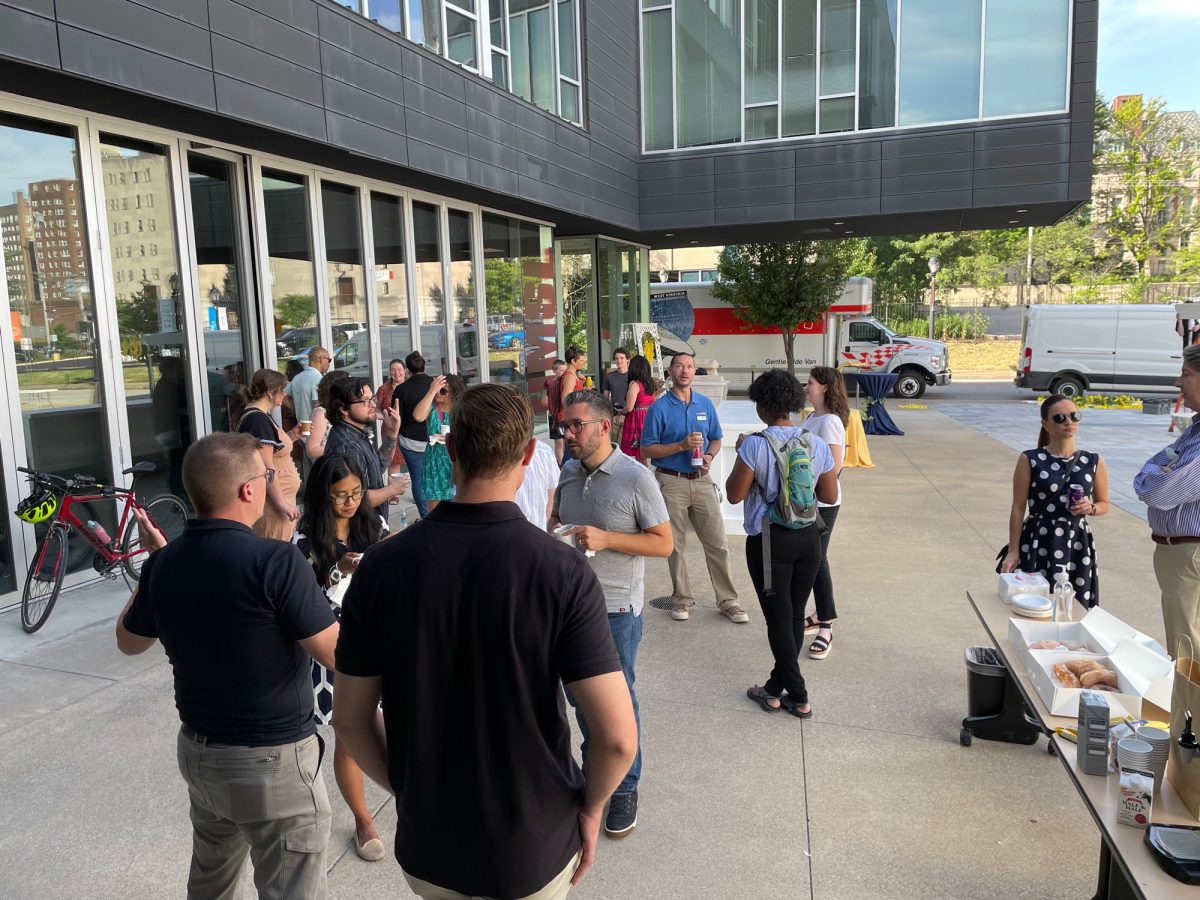
RDA members can access formal and informal opportunities to connect, from the casual but educational Data and Donuts networking series to getting involved in the launch of new projects and initiatives within the network. Over the past year, the RDA’s growing partnership with Washington University’s Data for Social Impact initiative has also continued to weave the local data community together through an equity-centered approach to skill-building and collaboration.
The Takeaway
A decade ago, Sorenson was struck by the lack of infrastructure for data sharing. Today, he has a deeper understanding of the problem, and recognizes that it isn’t just access to information that is needed—it’s access to capacity and collaboration.
Over the next year, the RDA will hone in on investing in their community of practice, providing skills-building, networking, and other resources that allow community-based organizations to better leverage data and drive progress on social issues in pursuit of racial equity and community wellbeing. Over the next five years, the RDA will also expand key partnerships with local governments, academic institutions, nonprofits, and technologists that can develop new ways to collect, share, and leverage community data.
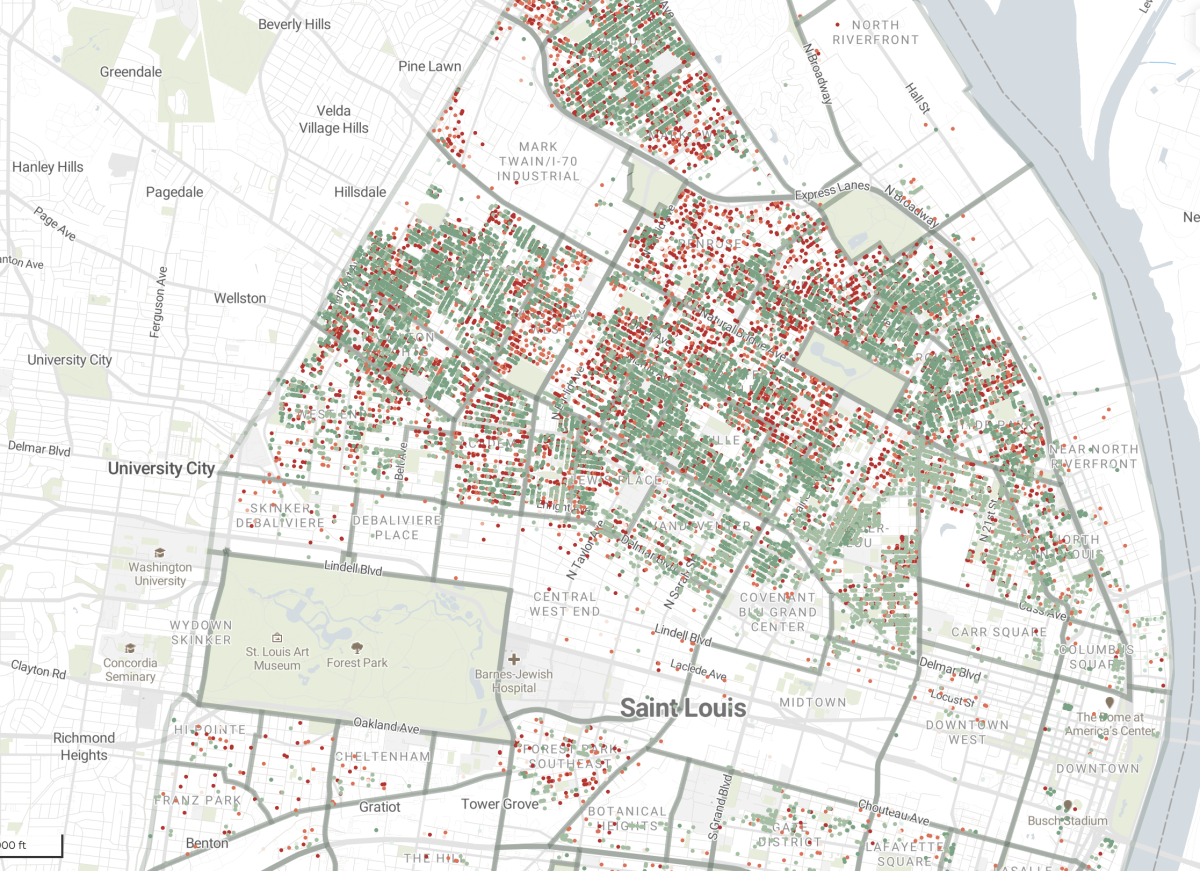
And thinking back to his early exploration of efforts nationwide to crack the code on cross-sector data sharing and community data governance, Sorenson adds that he hopes the RDA can play that same kind of role, serving as a model of what is possible when connections are made across siloed systems and elevate the role of impacted communities in decision-making processes
“There are not a ton of great, tangible examples of ‘what does this look like in practice or at scale?’,” he says, “so we want to keep learning and move that needle forward, too.”
